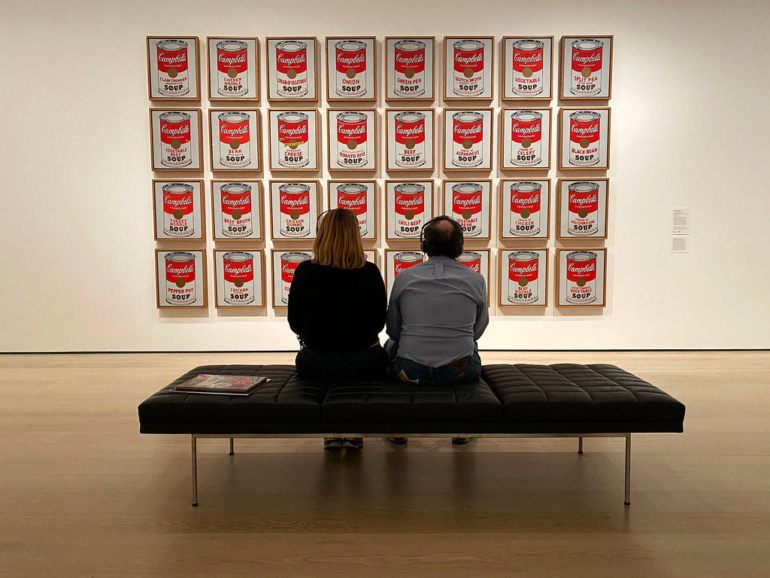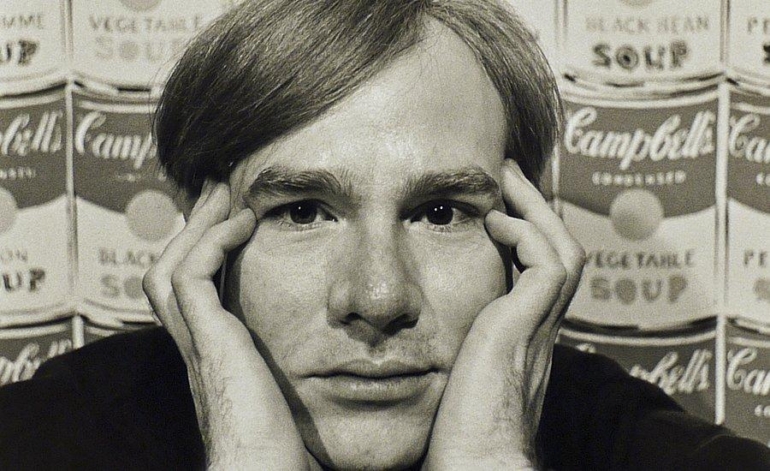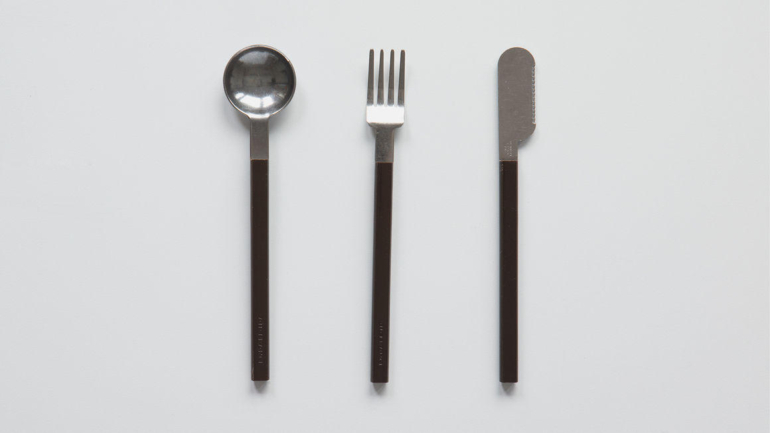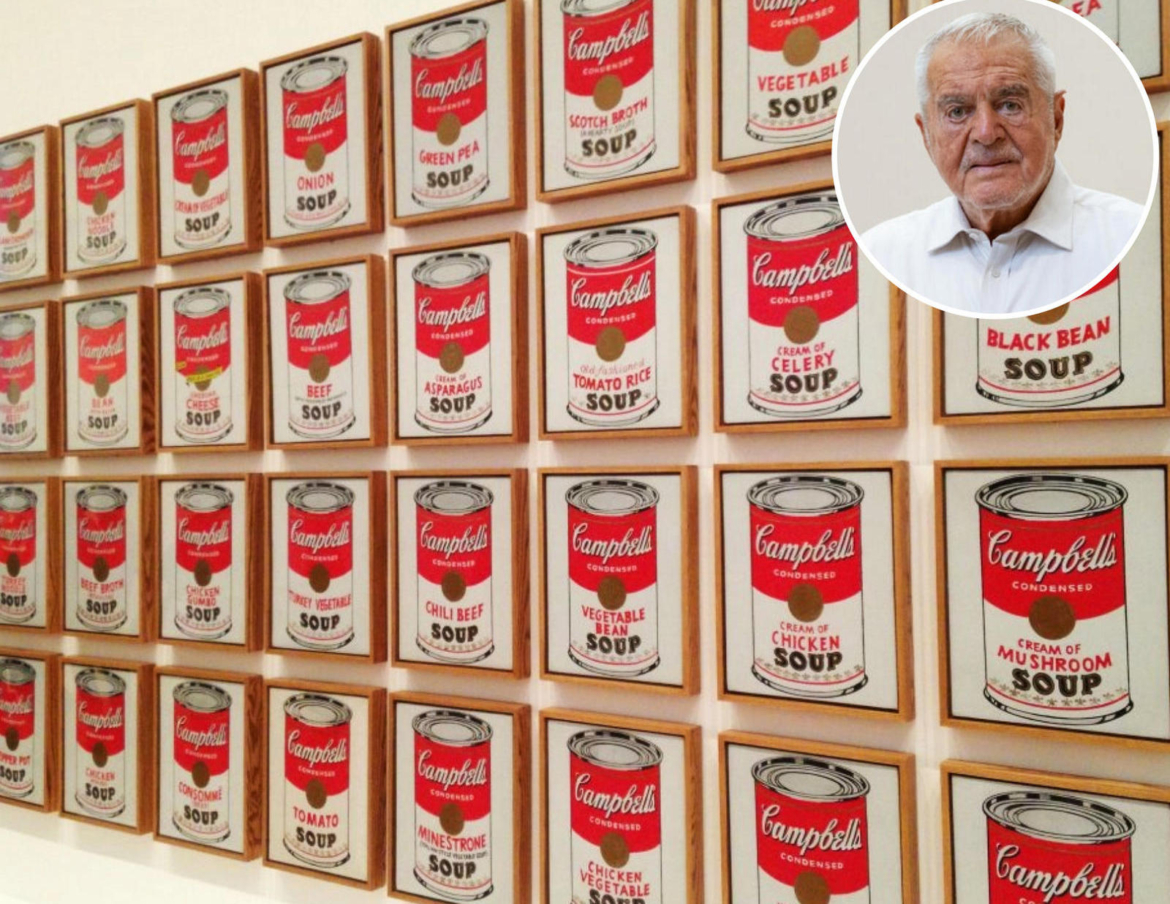It takes one to know one. Little did former Knoll Inc. furniture salesman turned West Coast art dealer Irving Blum know that his foresight would be well rewarded when he recognized New York artist Andy Warhol as one. It all goes back to the early 1960s when gallery owner Blum acquired Campbell’s Soup Cans, a collection of 32 small canvases, for $1,000. They even devised a payment plan for the purchase, according to Bloomberg, paying $100 a month for ten months. Interestingly, it was Blum who persuaded Warhol, then based in New York, to bring the show to Los Angeles at his Ferus Gallery in July 1962.

Blum showed immense courage in giving Warhol, whose work was not even considered in the periphery of the art world at the time, his first solo exhibition. What’s more, Blum’s purchase of the collection turned it into a one-man show, a decision that would prove incredibly lucrative. Blum later sold the group to New York’s Museum of Modern Art for $15 million in 1996, reaping an astronomical return of 1,499,900%. If anyone deserved praise for foresight and conviction, it was Blum, and he certainly got it!

Warhol’s Campbell’s Soup Cans are acrylic with metallic enamel paint on canvas and comprise 32 individually framed panels. It’s an interesting reflection on Warhol’s own life. When asked why he chose Campbell’s Soup, the artist explained: “I used to have the same lunch every day for twenty years, I guess, the same thing over and over again.” What is art, if not an imitation of life? Some of his other famous works include the Marilyn Triptych, Brillo Box, Shot Marilyns, and more.

Warhol had a well-known fascination with everyday objects, including the very striking cutlery served aboard the Air France Concorde. He loved the Raymond Loewy-designed set, which included a knife, fork, and spoon, so much that the man who has an entire museum dedicated to him regularly stole the silverware from his Concorde flights. Not only did his fascination with these objects run deep, but he also produced such incredibly true-to-life examples in art form that people couldn’t tell the difference.

This even happened aboard a superyacht when a crew member casually discarded a $3 million Andy Warhol Brillo Box sculpture, assuming it was just an extra-large box of Brillo pads. Thankfully, Warhol’s Campbell’s Soup Cans, along with complete sets of Campbell’s Soup I and Campbell’s Soup Cans II, are safely in the possession of the Museum of Modern Art.

Who is Irving Blum-
The American art dealer rose to prominence after introducing Pop Art to the West Coast. Not only did he give Andy Warhol a platform, but he also provided a launchpad for celebrated names like Roy Lichtenstein and Jasper Johns. It was Blum who gave Ed Ruscha his first solo show, with his work Smash (1963) later selling for $30 million at Christie’s New York in November 2014. After Ferus Gallery closed, Blum moved to New York, where he co-founded the BlumHelman Gallery. He returned to Los Angeles in 1998 as a private dealer. Blum has donated several artworks to institutions, including Ellsworth Kelly’s Spectrum IV to MoMA, Warhol’s Ten-Foot Flowers (acrylic and silk-screen ink on linen) to the Met, and Frank Stella’s Ctesiphon 1 to the Museum of Contemporary Art in Los Angeles.

